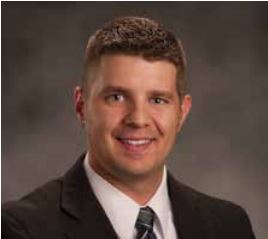Most „electrified“ vehicles still use motor oil The auto industry is changing, but not the Dealer opportunity. Matt Erickson | DIRECTOR, TECHNICAL PRODUCT MANAGEMENT Does do term „electrification“ make you fear for the future of the internal combustion engine and your Dealership? As we explained in the April 2018 AMSOIL Magazine and again at the […]
You are browsing archives for
Tag: jeep
Can a 1943 Jeep Survive This? Check out ...
Can a 1943 Jeep Survive This? Check out AMSOIL Expedition Colorado Lindsay Premo|Oct 08, 2017 8:00 AM For brothers Brad and Roger Lovell, adventure is always around the next turn, literally. Brad typically finds adventure behind the wheel of his off-road racing truck on a TORC Series track. Roger finds it during grueling Ultra 4 […]

